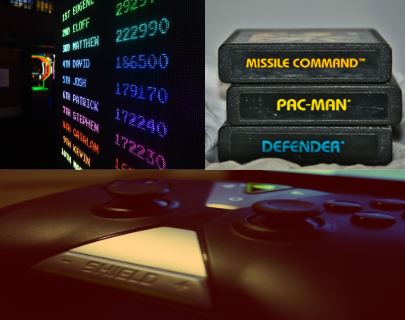Effectively Using Games in Training
27 November 2018

Last week, I confessed to being a visual person which puts me with 65% of the population. The remaining 35% are either auditory or kinesthetic learners.
Listening enables auditory learners to remember up 75% of the training. While kinesthetic learners need the opportunity to participate and not only follow directions, when necessary, but also think creatively for new solutions. Auditory learners make up 30% of the population while only 5% identify as kinesthetic learners.
Using An Experiential Learning Approach
David Kolb’s experiential learning has become a popular classroom and eLearning method in recent years. There are four phases according to Kolb: Concrete Experience, Reflective Observation, Abstract Conceptualization, and Active Experimentation.
During the phases, auditory and kinesthetic learners are able to gather details and participate to assimilate the new knowledge. The auditory learners ask questions while the kinesthetic learners apply problem-solving skills.
In 2014, the eLearning Industry identified reasons why experiential learning is the future of learning. These reasons are relevant still today. (All reasons are not being listed. I encourage you to read the article.)
- Accelerates Learning – Allows for the use of critical thinking and problem solving skills.
- Bridges Gap between Theory & Practice – Allows learner to have ‘hands-on’ experience.
- Delivers Exceptional ROI – Provides personal experience.
Benefits of Games
Experiential learning requires reflection, conceptualization, and active experimentation. When considering an eLearning delivery method, game-based training or simulations provide single or multiple safe, engaging learner environments.
The current population of learners grew up on games, even older learners were the first users of Atari or Nintendo systems. Because the learners have experience and knowledge of games, they are likely to be motivated by a game-based eLearning.
Conclusion
Whether your learners are a visual, auditory, or kinesthetic, a game-based eLearning could provide the training solution your organization needs. To reach all learners, the training analysis should not be ignored during the design and development of the game. Otherwise, necessary visual cues will not be added for visual learners. In the end, game-based eLearning can provide valuable data about your learners as they use critical thinking skills to achieve the assessments. Organizations may discover new methods of solving issues through the analytics associated with game-based eLearning.
